Responding to Gender-Based Harassment
8 July 2021
Written by Head of Well-being, Kerry Larby
In recent years, we have witnessed a tsunami of revelations, both contemporary and historical, about gender-based harassment. The #MeToo movement went viral in 2017 and over the past year, personal accounts from teenagers in Australia and New Zealand make for sober reading. These courageous young women and men have opened up an important conversation.
Sadly, we know that gender-based harassment is a persistent and pervasive societal issue that negatively impacts our adolescents. Statistics from both national and international research are alarming and indicate we still have a long way to go to create communities free from harassment.

How do we influence our young people?
In a world where our young people are severely influenced by technology, schools and parents need to act with clarity, courage, and conviction to bring about positive change. Over the past five years, we have reflected strategically on how our culture and curriculum at St Andrew's positively guides the actions and behaviours of both our young men and women.
In this blog post, I want to share some of the crucial conversations we are developing to combat gender-based harassment and encourage empathy, critical thinking, and connection. They are conversations that parents need to have with their whanau, too, so we work in partnership.
1. We define gender-based harassment.
We need to be clear and define the behaviours that constitute gender harassment.
Gender-based harassment describes a wide range of behaviours based on gender stereotypes, sexual orientation or gender identity. Such behaviour includes verbal, physical, visual or online actions which demean, belittle or threaten a person (University of Auckland).
Students want us to explain what these violations are with concrete and specific examples. We must clarify that girls and boys can harass and that even if the words or behaviours are intended as a joke, they risk scaring and offending others. Providing clarity and using specific examples are crucial when teaching students about the ethics of consent.
Like many social and emotional issues, we need to continue to check in with teenagers that they have absorbed and memorised the information.
2. We have conversations about what constitutes a healthy relationship.
Our young men and women need space to talk about the difference between a healthy and unhealthy relationship. They should envision what a healthy relationship looks and feels like. This conversation involves discussing the differences between attraction, lust and love and the importance of establishing boundaries.
Teachers spend time considering personal qualities and values (like trust, respect, equality, generosity, and communication) in relationships. We also discuss the skills needed to maintain a healthy relationship, including communicating, solving problems, making decisions together, managing emotions, and taking on another person's perspective.
We are fortunate in our co-educational environment; our students are guided to cultivate and learn through experiencing respectful friendships with the opposite gender and are exposed to male and female role models and perspectives.
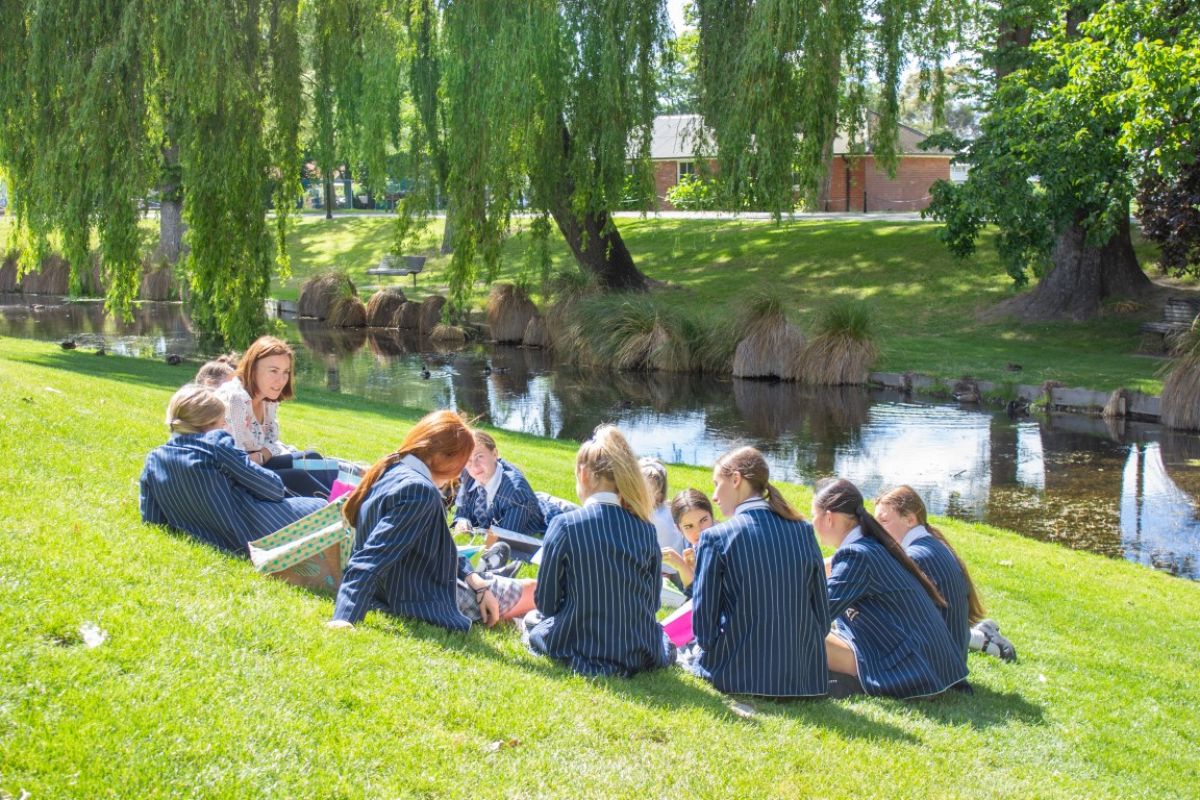
3. We emphasise the need to be a critical consumer of media and culture.
The Harvard School of Education reminds us that "many of our young people are being raised on a steady diet of misogyny and sexual degradation in popular culture." This reality is highly concerning and is one that requires careful monitoring and boundaries. A report by the chief censor in 2018, revealed two-thirds of 14–17-year-olds in New Zealand had been exposed to pornography. 72 percent of those who'd watched it said they saw things that made them uncomfortable, while 69 percent said they had seen violence or aggression. The chief censor is visiting St Andrew's College next term to speak to teachers and parents about this issue.
Research tells us that social media impacts girls’ mental health more than boys. For example, appearance-focused content posted by friends, celebrities, and influencers can impact negatively on body image. Scrolling can also drive unhealthy thinking traps like perfectionism and a comparison mindset.
Our curriculum repeatedly encourages our students to critically examine how the media they consume shapes their lives. To reinforce this, parents need to speak up if they monitor inappropriate online content or hear sexually degrading song lyrics. We should also encourage our girls to follow uplifting, educational, and inspirational online content that is not solely appearance-focused.

4. We understand how gender biases and expectations can hold us back.
Gender biases and stereotypes impact men and women. We encourage our students to think about how gender roles and expectations have changed over time and how traditional attitudes and power structures do not always contribute to flourishing communities.
In many societies, men are expected to act and feel a certain way: they should avoid vulnerability, be tough and in control, successful and dominating, and brave. Our Te Waka lessons encourage our young men to connect and think critically about removing their 'masks' and embracing their vulnerability to enhance well-being.
Conversations between boys and girls are powerful and debunk the assumptions students have about the perceived expectations of the opposite gender group.
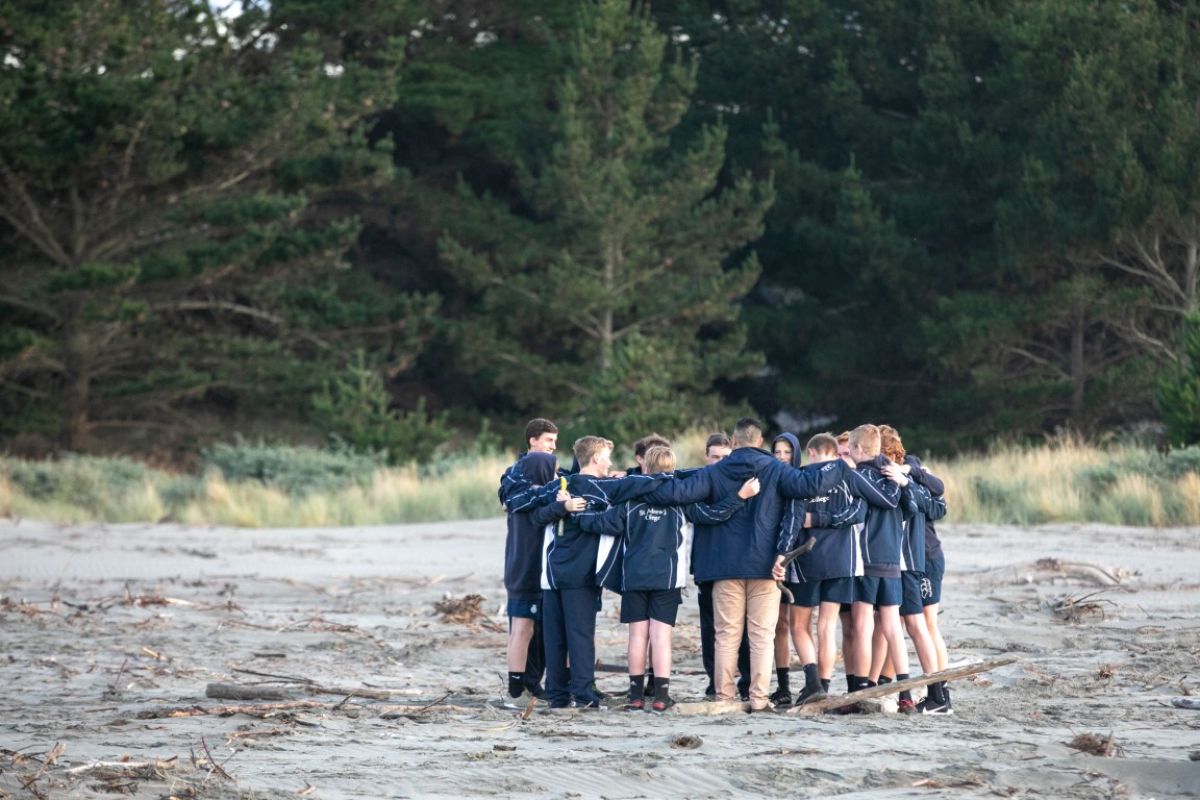
5. Encourage our young people to look to multiple sources for their recognition and self-worth.
Young adults need to develop their confidence in activities that don't involve romantic and sexual approval from peers. Therefore, any conversation that encourages them to cultivate inner confidence and self-worth is valuable. Researchers like Brené Brown, Carol Dweck and Kirsten Neff have provided tools that have been useful in our curriculum. Adolescents also build confidence when they see how they can contribute to a purpose greater than themselves and connect to a community.
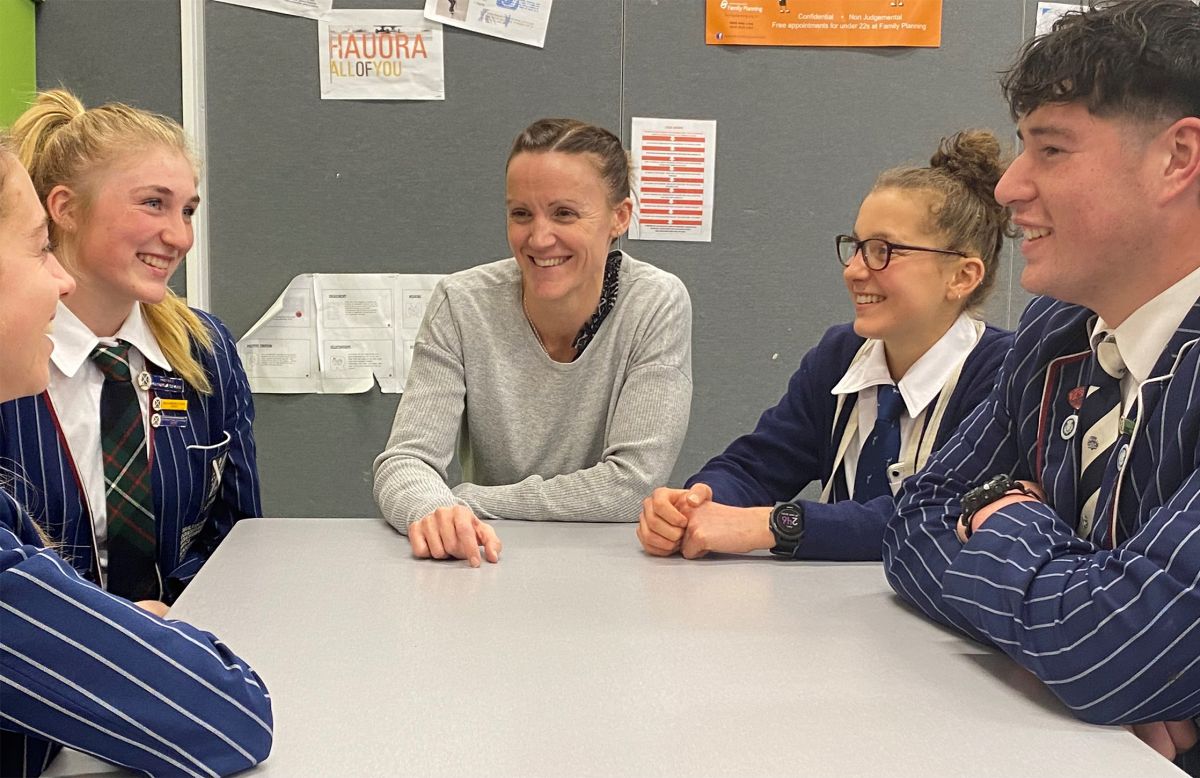
6. Develop emotional intelligence
When young people are targets of hurtful, cruel, bullying behaviours, it often triggers feelings of inadequacy and shame. Brené Brown describes shame as an intense feeling or experience of believing we are flawed. It is an emotion that effects all of us and profoundly influences the way we interact with the world. Research tells us when we unconsciously feel shame, we may respond by shutting down, acting out or attacking others.
Interestingly, it’s not just the targets or victims of bullying who experience shame. The person doing the harassment is likely to be acting aggressively to cover up feelings of inadequacy that they harbor within themselves. Brené Brown tells us that shame diminishes our capacity to feel empathy – and it is empathy that opens our minds and hearts to the kind of courage, connection and compassion required to address issues of harassment in meaningful ways.
Parents and educators need to have conversations about emotions. Unfortunately, silence around emotions like shame only makes it flourish and results in it being used as a weapon to hurt ourselves and others.
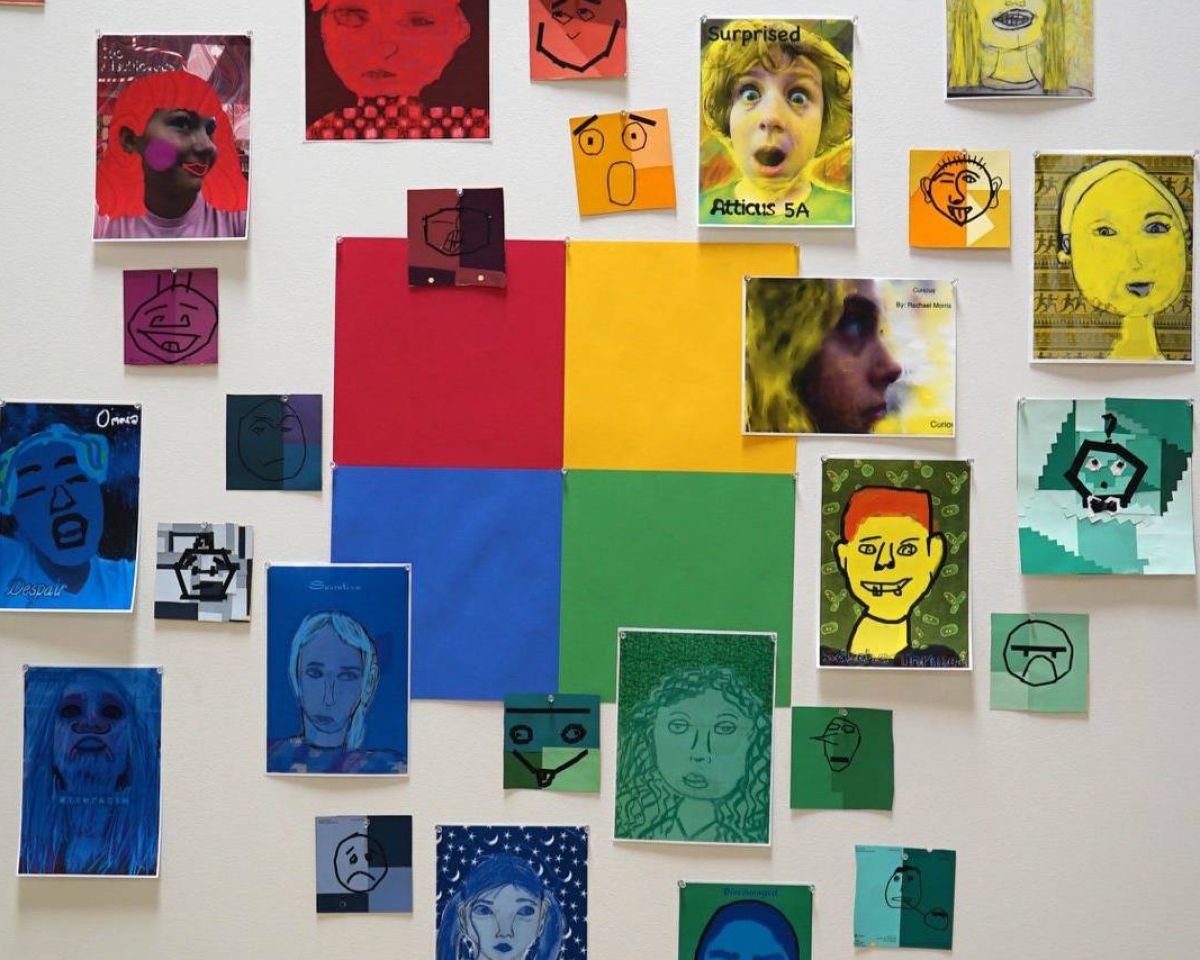
7. Encourage and expect our young people to be upstanding.
We want to create a culture at St Andrew’s where we expect our young people to protect one another so that bystanders become upstanders. An upstander is someone who witnesses a behaviour that could lead to something high risk or harmful, and makes the choice to intervene to make things better, rather than ignoring the situation (Stanford University). In the prevention of harassment, upstanders play a critical role. They are often the largest group of people involved - outnumbering both the perpetrators and the victims. Students need to be taught the skills to upstand as it is not always easy and requires courage and confidence.
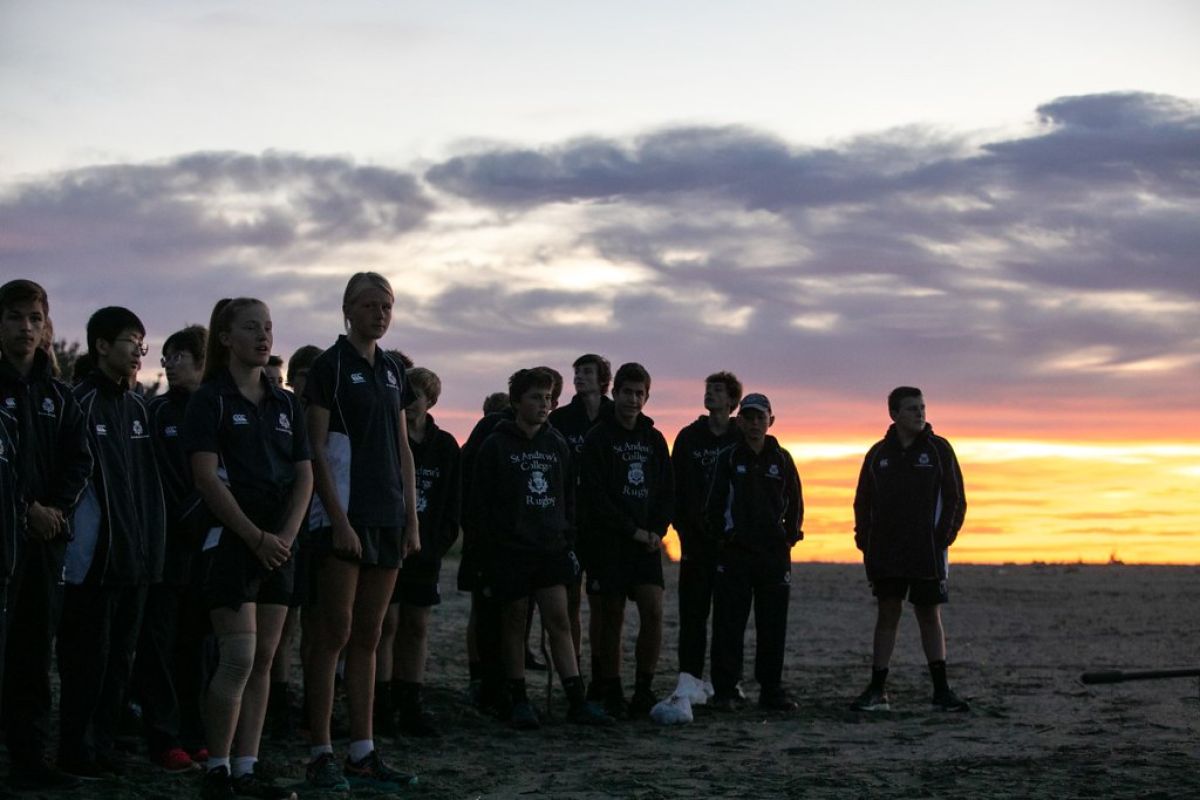
8. Let young people know what they can do if they are harassed.
Creating an environment where young people feel safe to call out or ask for support is paramount. Harvard University School of Education recommends parents check-in with their children and ask if they have ever been harassed with sexualized words or actions and how they have responded? If they haven’t had these experiences, we should ask them to brainstorm what they would do in different situations? For example, would they feel comfortable confronting the person harassing them, confronting the harasser with a friend, talking to a teacher or a school counselor, or talking to you or another respected adult? These conversations about different scenarios and solutions build awareness, resilience and agency.
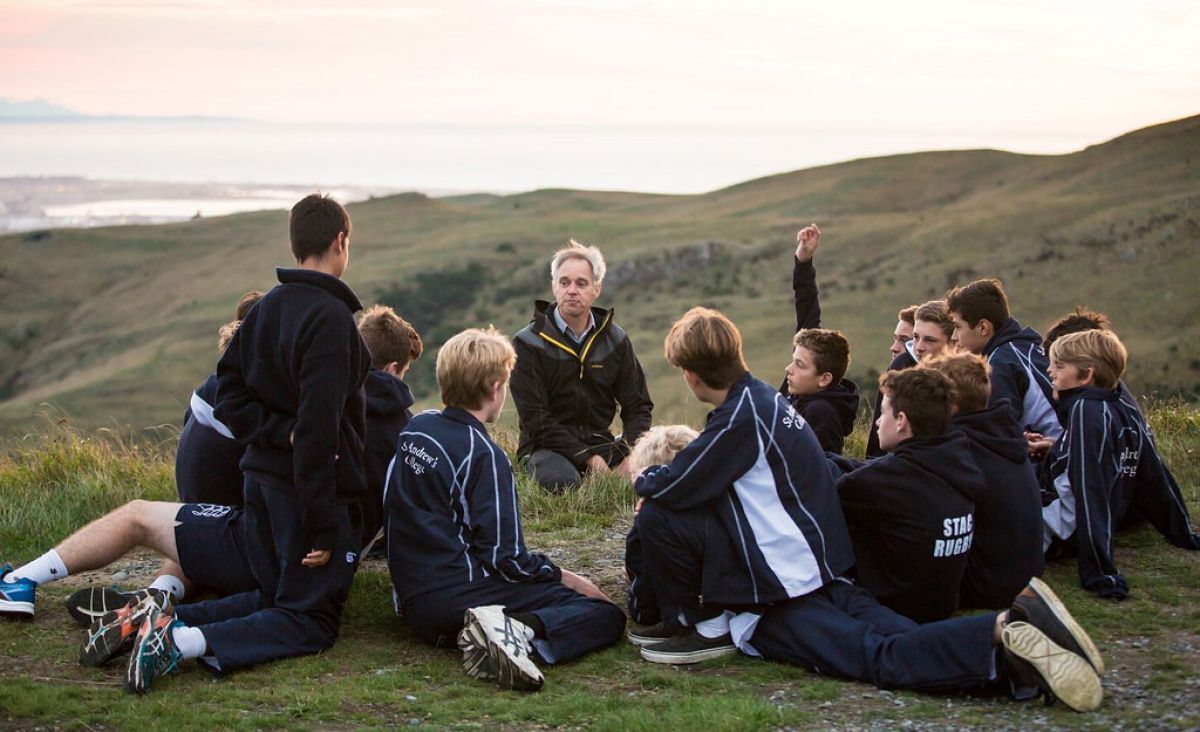
Sadly, the influence of technology means our world is becoming increasingly complex and has irrevocably changed. Bullying and gender-based harassment increasingly occur online and have fewer boundaries than in the physical world, causing significant harm to young people. It is heartbreaking.
Parents and educators need to understand this reality fully and take responsibility to work together to counteract the influence of unethical content and anti-social behaviour. We need to be deliberate, clear, courageous, and vulnerable in opening up pro-active conversations that guide our young men and women. Most importantly, we need our young people to connect with role models who inspire them to form positive values and create a vision of what it means to be flourishing in life with healthy relationships and inner worth.
Related Posts


